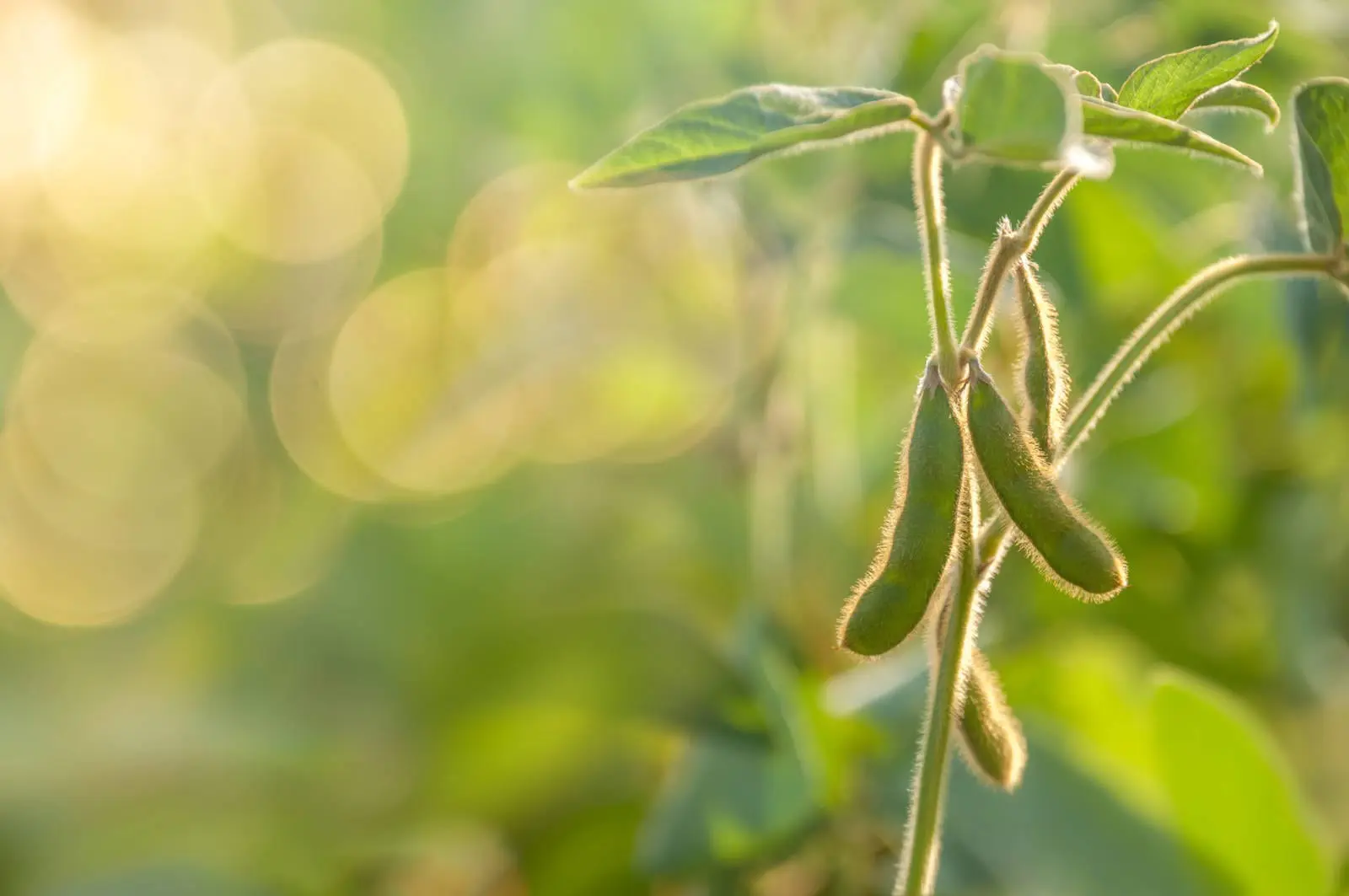“Pakistan is among the top 21 markets for U.S. food and agricultural products in 2018,” according to the U.S. Department of Agriculture’s (USDA) Foreign Agricultural Service (FAS). “The value of agricultural trade between the United States and Pakistan in 2018 totaled nearly $1.5 billion mainly in the form of soybeans ($619 million), cotton ($612 million), consumer oriented products ($124 million), wood products ($57 million), planting seeds ($37 million), pulses ($14 million), [and] live animals ($4 million).” Although Pakistan is a challenging country to which to export products due to high tariffs, government and religious regulations, and competition from countries with transportation advantages, from 2014 to 2018 U.S. exports to Pakistan have increased 420% to reach $1.5 billion.
Pakistan has relied solely on imports to meet its soybean needs as shown in the chart below. According to official USDA data, Pakistan has shown tremendous growth in soybean imports in percentage terms but is still extremely small on a per capita consumption basis, which signals potential for greater imports. Between 2014/15 and the most recent completed 2018/19 marketing year, Pakistani soybean imports and domestic consumption have grown by 455% and 478%, respectively. USDA is projecting for modest growth to continue in 2019/20 for both imports and domestic consumption of about 4%.

The trend of greater soybean imports should continue because Pakistan’s younger population is more open to packaged and processed foods. A main ingredient in processed foods is poultry products. The religious regulations favor importing soybeans to raise the chicken locally versus importing processed chicken. Regardless, Pakistan is a large population, which means small consumption changes towards increased soybean consumption are very positive as shown in the chart above. Due to the potential for Pakistan to continue to increase soybean imports because of its large population and growing economy, it’s likely that the U.S. will continue to focus on expanding the Pakistan market by developing relationships with local importers.
GDP/Population 2019
Population: 212 million
GDP: $283 billion
CDP Per Capita: $1,497
Economic Growth Rate estimate: 3.3%
Source: BICO and State Bank of Pakistan
